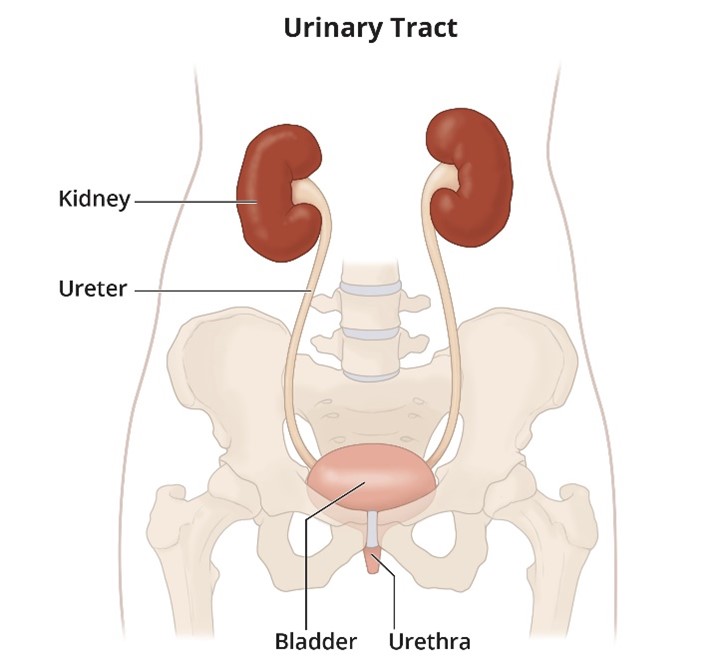

The second Thursday of every March is World Kidney Day, an international campaign aimed at raising awareness of our kidneys, what they do and the complications they can face. The campaign is jointly by the International Society of Nephrology and the International Federation of Kidney Foundations – World Kidney Alliance. Our kidneys, two bean shaped organs about 10-cms in length, are responsible for a range of functions including filtering waste products
from our blood and turning it into urine, regulate blood pressure and contribute towards red blood cell, the cells that carry oxygen, production among others.
They work by bringing blood from the body into millions of filters called nephrons which first filter the waste by products and then returning to or removing from the body the finished products as required.
Problems however arise when the kidneys stop working properly. This can be through disease, either hereditary or acquired, or through trauma such as a traumatic injury to the organ’s they can’t recover from. When this happens the body’s ability to regulate waste by products starts to fall.
Chronic Kidney Disease, or CKD, is one example of a form of kidney failure. It is caused by a range of contributing factors including high blood pressure due to the large blood flow the kidneys deal with, diabetes as high glucose in the blood can damage the filtration structures within the kidney or by a kidney infection among other reasons. The symptoms may not appear until nearly 90% of kidney function has already been lost. Detection of CKD, as well as general kidney
function testing is done through a blood testing and urine sample. Once CKD advances symptoms can include fatigue, shortness of breath, nausea, swollen ankles, and blood in the urine.
While this can sound scary and while there is no cure for CKD, if detected quickly enough CKD or other kidney disorders do have treatment options that can relieve symptoms and gives a better quality of life. These include lifestyle changes to control the risk factors such as losing weight and exercising to better control blood pressure, keeping careful attention of diabetes, medication, dialysis which includes connecting a machine to your blood vessels through an cannula and pumping the blood through an external filter, think of it as an artificial kidney, to help filter it.
The final option, and generally consider the best in many cases, is that of a kidney transplant. These transplanted kidney’s can come from either a diseased donor, someone who has died under conditions that allow their organs to be donated, or by a living donor.
A living donor is someone who is healthy but has made the decision to donate one of their kidneys to someone in need. Usually this is to a family member or relative, but can also be altruistic where you do not know the recipient. To be a living donor there is a comprehensive medical check-up that needs to be done first to ensure it is safe to donate comprising a family and lifestyle questionnaire and full kidney function testing. If deemed to be healthy they maybe able to go
onto donating.
It is said that a transplant provides the kidney patient with the single biggest improvement in their quality of life compared to any other treatment option and the donated kidneys usually last between 20-25 years from a deceased donor and 25-30 years for a living donor, though there are cases of early donations that are still going some fifty years later.
Here in Northern Ireland, we are fortunate to have one of the worlds leading kidney transplant programmes which since it was introduced some fifty-four years ago has carried out transplants on over 2400 patients, with some 661, as off 2019, being from living donors.
If you’d interesting in more information on being a living donor you can visit the Donate Life website at http://www.donatelife.co.uk/.
More information on the Northern Ireland donation programme can be found here – https://www.health-ni.gov.uk/news/belfast-now-world-leader-living-donation-due-selfless-kidney-donors-and-exceptional-transplant-team and https://ajkdblog.org/2017/12/20/how-did-northern-ireland-revolutionize-their-living-kidney-donor-transplantation-program/.
